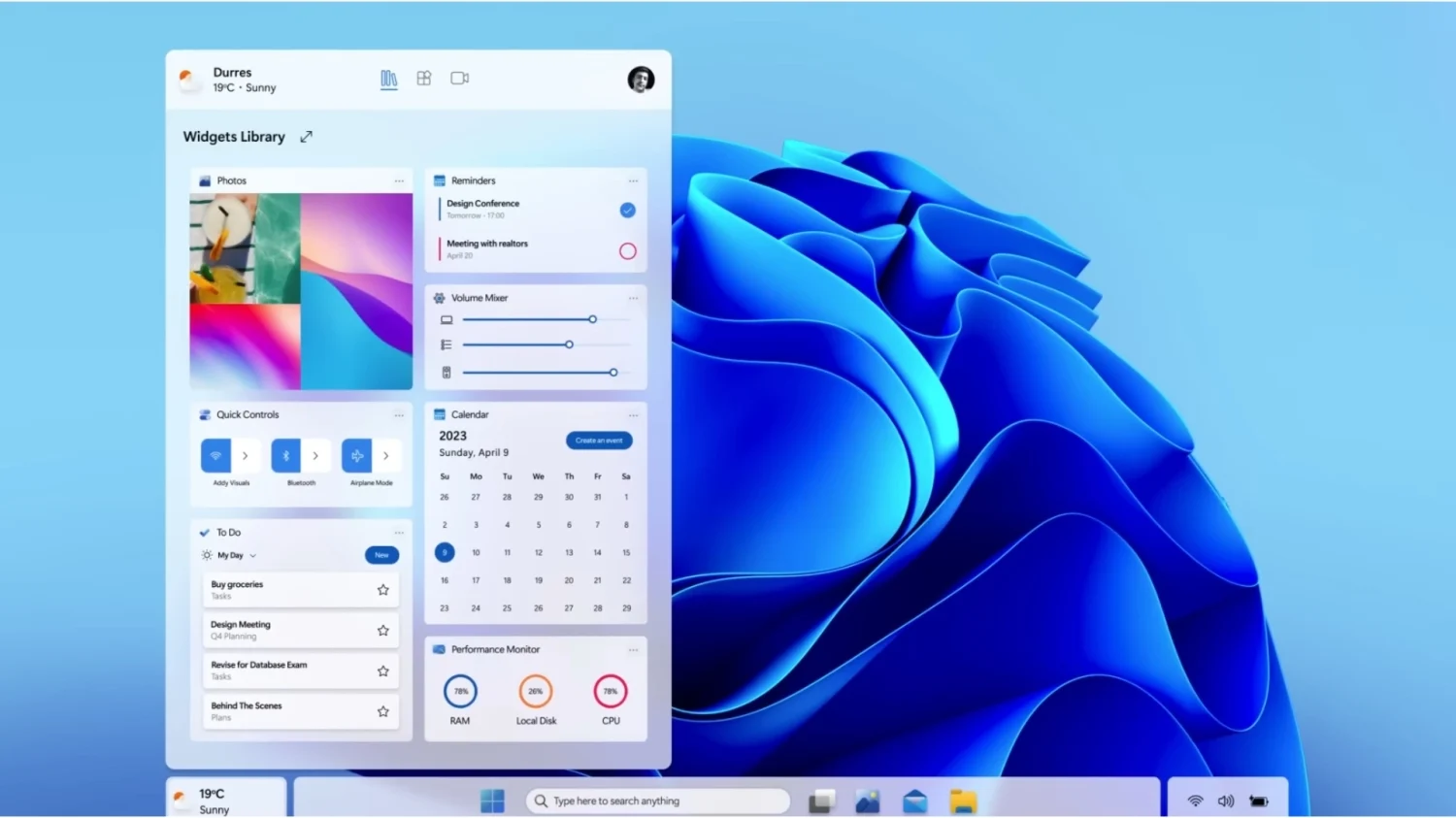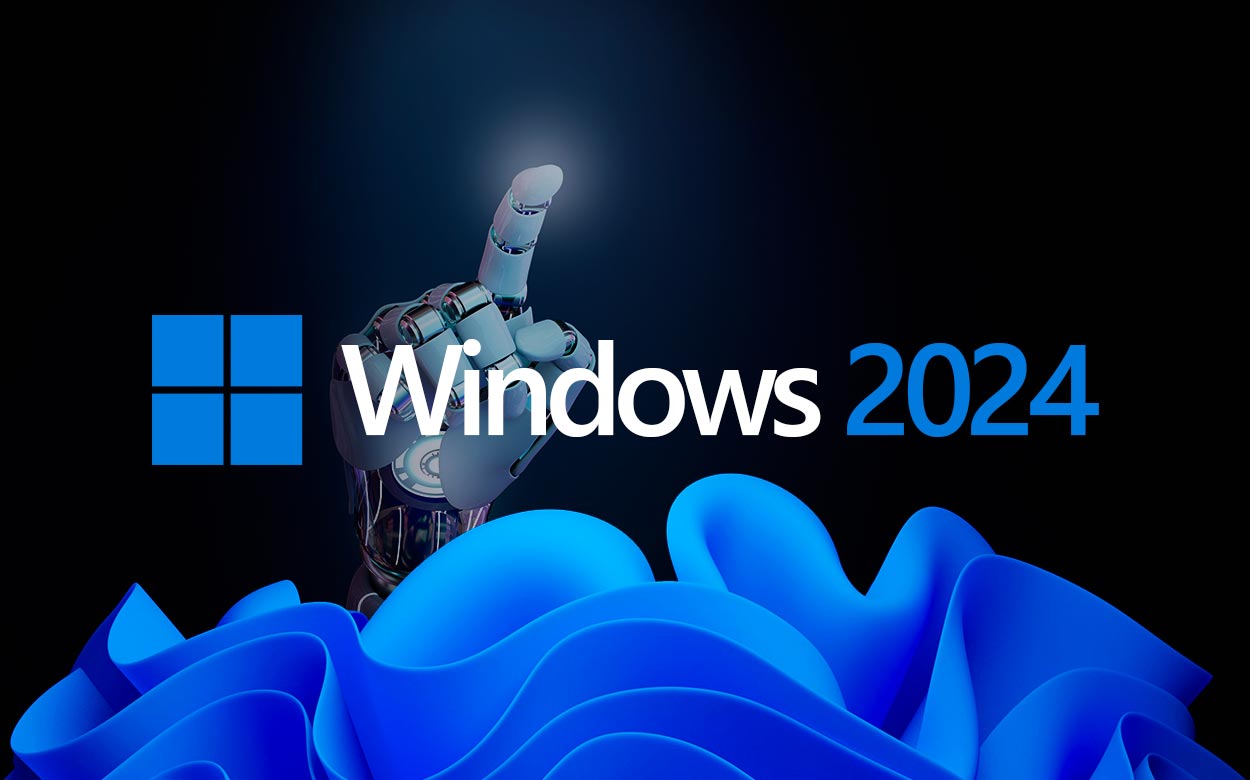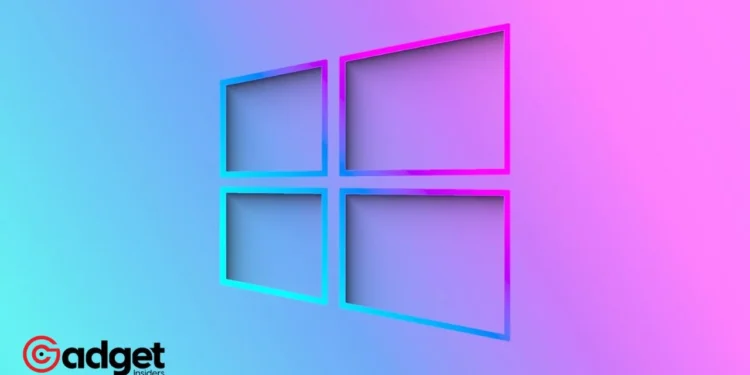The technological landscape is on the brink of a transformative era with the anticipated launch of Windows 12 in 2024. This next-generation operating system from Microsoft promises not just an upgrade but a revolution in desktop computing, particularly with its enhanced focus on artificial intelligence (AI). The ripple effects of this release are expected to ignite an unprecedented war in the AI chip market, as detailed by insights from industry pundits and key financial figures.

The Catalyst for Change: A Glimpse into the Future of Computing
As whispers of Windows 12 began to circulate, the tech community has been abuzz with speculation and excitement. Microsoft, in its characteristic manner, has remained tight-lipped, neither confirming nor denying the rumors. However, a slip by Intel’s CFO, David Zinsner, at Citigroup’s Global Technology Conference, hinted at a significant Windows release slated for the next year.
According to Zinsner, this release is poised to rejuvenate PC sales, driven by an aging installed base and the compelling need for hardware refreshes to accommodate the new software’s demands.
This upcoming version of Windows is rumored to be a substantial leap forward, incorporating advanced AI capabilities that far exceed the current offerings, like the Copilot for Windows. The shift towards AI-intensive applications signals a pivotal moment in computing, necessitating more powerful processing units.
“We’re seeing the dawn of software that requires compute levels we’ve not yet encountered, driven predominantly by AI advancements,” remarked analyst Ben Bajarin, highlighting the significant impact this will have on the silicon industry.
Microsoft has revealed some upcoming Windows 12 features, mostly related to AI and X Elite chip https://t.co/Z63gARv1OC
— Winaero (@winaero) October 26, 2023
Windows 12: The Rise of Generative AI on Desktops
The proliferation of generative AI tools, such as ChatGPT and Google Bard, has so far been anchored in the realm of server farms equipped with GPUs designed for intensive processing tasks. Windows 12 aims to bring the power of AI directly to the desktop, focusing on inference rather than training.
This shift addresses concerns over data sovereignty and privacy, with businesses increasingly wary of relying on public clouds for sensitive data processing.
AI inference, while less resource-intensive than training, still demands significant computational power. As AI models become more efficient, the case for local processing strengthens, offering a cost-effective and secure alternative to cloud-based solutions.
Windows 12: A New Frontier in Chip Technology
The anticipation surrounding Windows 12 has spurred a competitive frenzy among chip manufacturers. Intel and AMD are no longer the sole contenders in the race to develop AI-capable CPUs. Qualcomm’s entry with its Snapdragon X Elite series, boasting impressive AI processing capabilities, and rumors of Nvidia developing a desktop processor, signal a seismic shift in the industry landscape.
Qualcomm’s chip, in particular, stands out for its ability to execute 45 AI trillions of operations per second (TOPS) on its own, and 75 TOPS when combined with the CPU. This far surpasses Intel’s latest offering and highlights the escalating competition in the NPU (neural processing unit) domain, crucial for AI tasks.

As Microsoft champions support for Arm architecture on servers and desktops, the stage is set for a broader contest involving Intel, AMD, Qualcomm, and Nvidia. This expansion of choices in desktop systems heralds an exciting, albeit complex, future for IT professionals and consumers alike.
Windows 12: Navigating the New Era of Desktop Computing
The impending release of Windows 12 is not just an update; it’s a harbinger of a new age in computing. As the industry braces for the impact of AI-driven demands on processing capabilities, the ensuing chip war promises innovation and challenges in equal measure.
The shift towards AI-enhanced desktop computing will undoubtedly redefine our interaction with technology, making the next few years a critical period for manufacturers, developers, and users. The evolution of the desktop is upon us, powered by AI and shaped by the strategic moves of the world’s leading technology firms.










